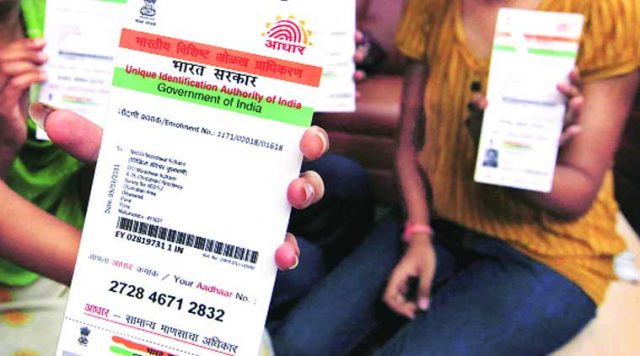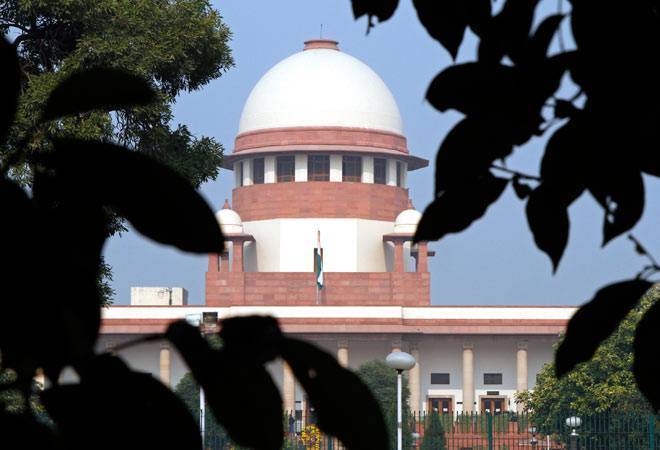“Aadhaar Card”
“Right to privacy”
These are just some of the terms you’ve been coming across for the past few days, now. Are you confused about what is happening? Or do you want to understand what the crux of the matter is?
Fear not. I’m here to help you understand.
Let’s start from the beginning, shall we?
In October 2012, the Planning Commission, recognizing the lack of an express provision conferring a “right to privacy” in the Indian Constitution, constituted a ‘Group of Experts on Privacy’ under the chairmanship of Justice A.P. Shah, who came up with 9 fundamental principles of privacy to be recognized and adhered to by all legislation.
How Did The Aadhaar Act Come About?
On March 3, 2016, The Aadhaar (Targeted Delivery of Financial and Other Subsidies, Benefits and Services) Act, 2016 AKA the “Aadhaar Act” was introduced in the Lok Sabha by Finance Minister, Mr. Arun Jaitley as a ‘money bill’.
‘Money Bill’ is a bill that exclusively deals with taxation and government expenditure and over which the upper house i.e. Rajya Sabha has limited powers since it constitutes of indirectly elected representatives.

Why The Act Is Under Fire?
Now, the controversy surrounding the Act is that it was intentionally introduced as a ‘money bill’ so that it could be rushed through the parliament and could be passed within a week’s time.
This raised concerns about its implementation especially with regards to privacy since it does not adhere to any of the 9 principles propounded by the Shah Commission Report.
For instance, there is no grievance mechanism provided for in the Act through which a complaint against the Authority could be filed in the event that the data collected by the Authority is misused.
Furthermore, the information to be provided includes (and is not limited to) demographic information, fingerprints and iris scans which the Act allows other body corporate or persons to access for the purposes of establishing the identity of an individual.
The very fact that the State chooses to establish a system that coerces its citizens to divulge personal information which can be accessed by a third party, is against our right to live a life with dignity provided for under the expansive interpretation of Article 21 of the Indian Constitution.
ALSO READ: Aadhaar V/S No Aadhaar Card: Our Bloggers Fight It Out On The Issue
The Present Case At Hand
In 2012, a writ petition was filed by Justice K.S. Puttaswamy (Retd.) in the Supreme Court of India and since then, a number of other cases have also been filed challenging the policy and procedure of the Aadhaar mechanism.
Most of these cases have now been combined with the main petition filed by Justice Puttaswamy.
On 18th July 2017, the matter was heard in front of a constitutional bench which held that in order to determine whether a “fundamental right” to privacy exists, it is important to first determine whether the previous decisions recorded by the Supreme Court – namely, M.P. Sharma & Ors. Vs. Satish Chandra and Kharak Singh Vs. The State Of U. P. & Ors.- which held that “there is no such fundamental right as a right to privacy” is the correct expression of the Constitution.
It further ordered the matter to be placed before a 9 judge bench the following day.

On 19th and 20th of July, the petitioners forwarded their arguments before the 9 judge bench and the main point of contention of the petitioners revolved around the fact that the two above cited decisions of the Supreme Court no longer remain tenable as they have been since overruled by subsequent decisions, namely Maneka Gandhi vs Union Of India, in which it was held that any procedure prescribed by law that interferes with personal liberty would be right, fair and just and would not suffer from arbitrariness or unreasonableness.
Simply put, a law that curtails our rights should be clear and just and that it should not be arbitrary in nature.
Moreover, it was contended by the learned counsel Ms. Meenakshi Arora on Thursday, that the right to life and liberty under Article 21 of the Constitution is subject to a “procedure established by law” that allows such breach of our right.
In other words, as long as there is a proper procedure established that is clear and fair, and the person is given ample notice of the procedure, then, even if that procedure curtails our right to life and liberty, it will sustain.
But since in the case at hand, the data collected is available in a public domain, and is accessible by non-state third parties who do not need a “warrant” to access the personal information, it can be interpreted that there is no due process or procedure set in place to allow such breach to occur in the first place.
It was also stated by Mr. Sajan Poovayya that taking into account the current environment, the identity of a citizen today is not limited to his physical identity but includes his digital identity as well. And just as the State has an obligation to protect the ‘person’ of its citizen, it has an obligation to protect his digital persona as well.
The hearing is still ongoing and the court will continue on Tuesday (25th July) and will be recording the State’s response. The Hon’ble court has a lot to take into account including the question whether a right to privacy exists and whether it resides exclusively under Part III of the Constitution as a “fundamental right”, and if it does exist, to what extent can it be exercised by the citizens?
Image Credits: Google Images
Other Recommendations:
http://edtimes.in/2017/06/flipped-bloggers-fight-gst-hit-miss/





























